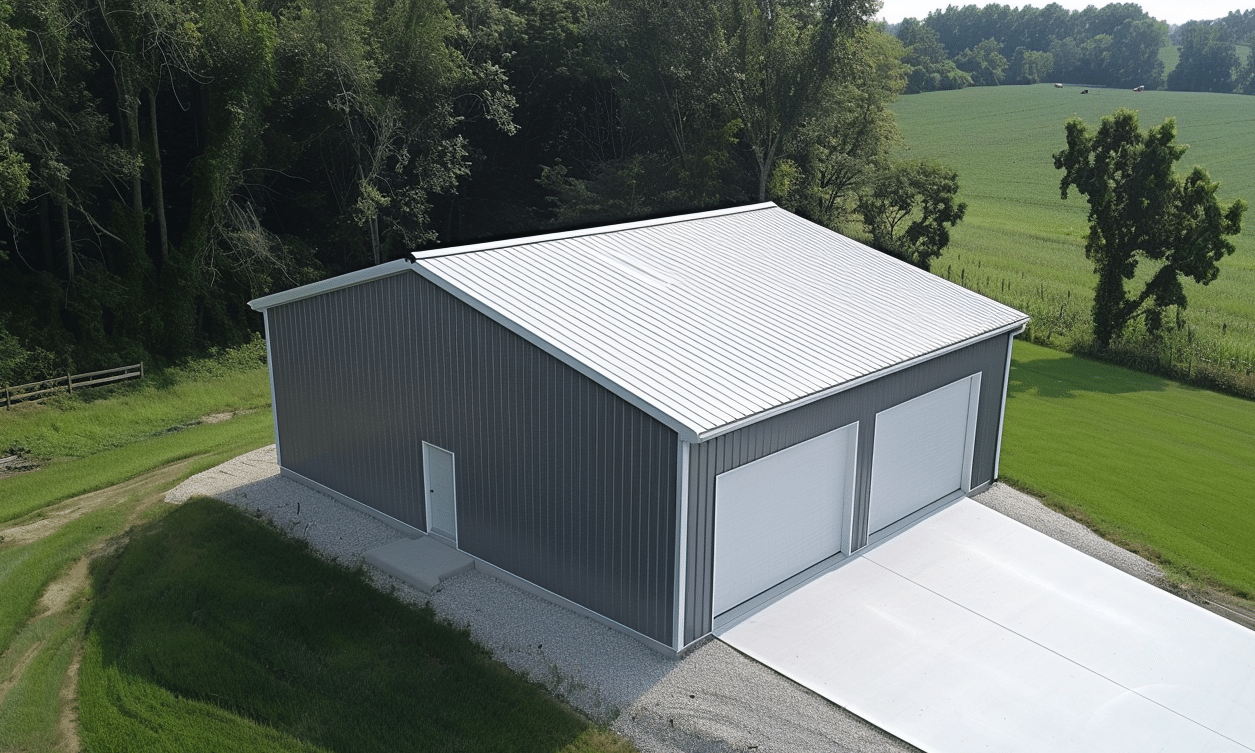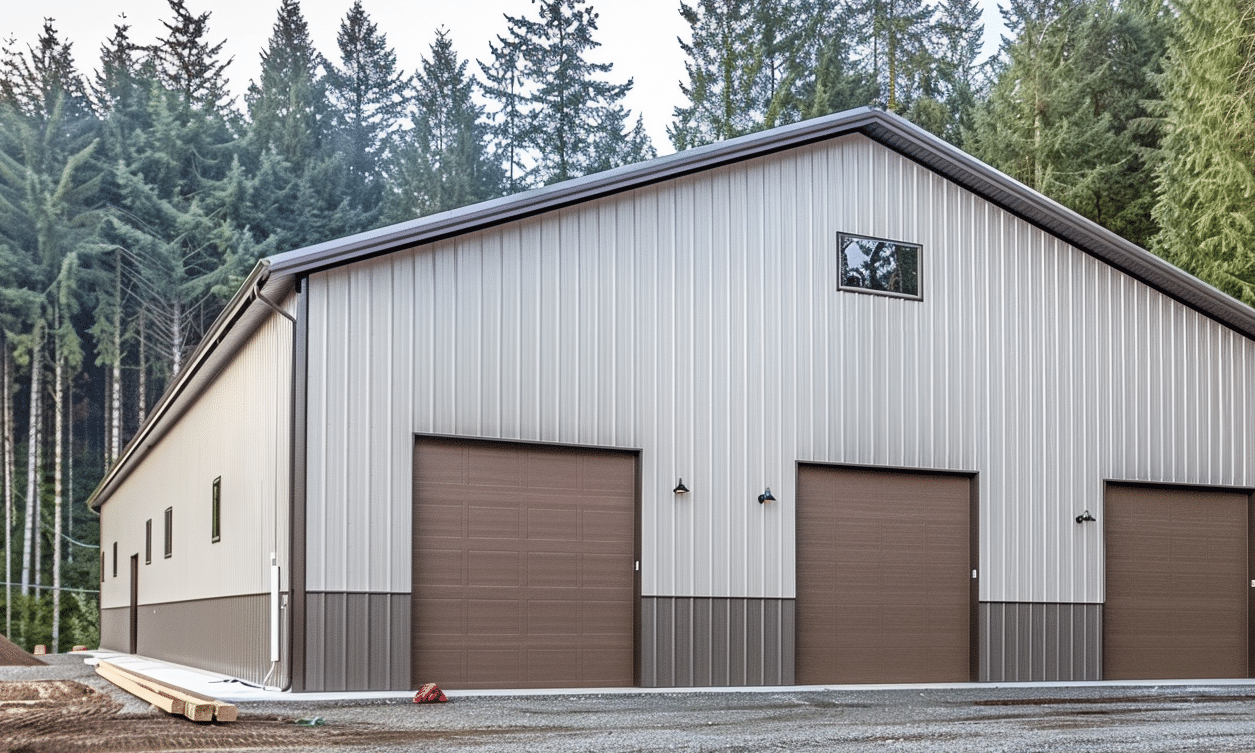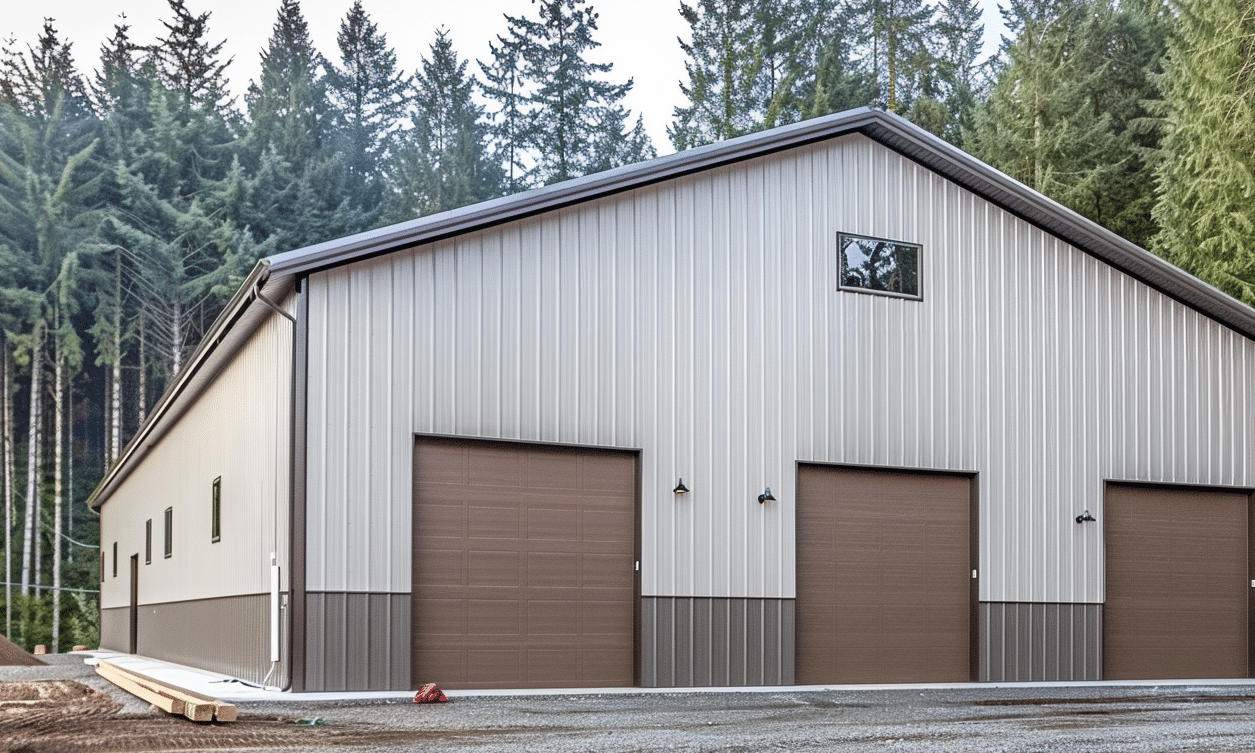When considering the long-term needs of your farming operations, it helps to envision a building that embodies both versatility and durability. Imagine erecting a structure that doesn’t just house your machinery, but shelters your livestock, stores grains, and becomes the backbone for everything agricultural. Welcome to the world of pole barns for agricultural use, a construction solution that marries innovation with practicality, keeping the heart of Canadian agriculture—and indeed much of the world’s—beating strong.
Introduction to Pole Barns for Agricultural Use
From sprawling livestock shelters to expansive storage spaces for feed and machinery, pole barns have carved a niche for themselves in agricultural settings. But what makes them so appealing? Is it their functional design, cost-effectiveness, or structural integrity? Dive into these questions, and you’ll uncover a building option that could transform your agricultural landscape.
Pole barns, with their simple yet effective construction, often spark curiosity. Could they be the answer to your operational challenges? Are you ready to explore how these structures can meet the demanding needs of modern agriculture?
Benefits of Pole Barns for Agricultural Use
When we discuss the potential benefits of pole barns, several factors stand out immediately, each addressing critical needs in agriculture today.
Affordability and Cost-Effectiveness
In many ways, pole barns are the unsung heroes of agricultural buildings. One of their most significant advantages is affordability. Compared to more traditional building methods, pole barns present lower initial investment costs. This is largely due to the simplicity of their construction, which often involves fewer materials and labor.
The affordability of pole barns allows farmers to allocate more of their budget to the actual operations, such as purchasing top-quality livestock or investing in advanced farming technology, rather than draining their finances on extravagant structures with hefty price tags.
Durability and Longevity
Pole barns are built to withstand the elements—a crucial factor for Canada’s diverse climatic conditions. Thanks to their sturdy construction, they can endure high winds, heavy snow, and torrential rains. This resilience ensures that pole barns stand the test of time, providing reliable protection and shelter.
Moreover, if you’re housing livestock, the foresight in designing such a building is paramount. For instance, when considering a livestock shelter pole barn design, durability is essential for the safety and wellbeing of your animals.
Versatility in Functionality
The versatility of pole barns allows them to effortlessly adapt to a myriad of agricultural roles, from housing machinery and equipment to providing shelter for livestock or even serving as a workspace for repairs and tasks. This adaptability can be likened to a Swiss army knife for farmers—one building performing multiple roles.
Pole barns make excellent steel buildings for agricultural use due to the ease of customizing their interiors and exteriors according to your specific needs. Use a pole barn to establish a climate-controlled environment for dairy production or transform one into a storage haven for your harvested crops.

Environmental Considerations and Sustainability
Let’s take a moment to consider the environmental advantages of using pole barns. In today’s world, where climate change is a significant concern, finding ways to reduce our carbon footprint is more important than ever before. Pole barns, with their rustic yet advanced design, offer a sustainable building option.
Resource Efficiency
Because pole barns require fewer materials than traditional buildings, they inherently produce less waste during construction. Many components, like steel and wood, can be sourced sustainably. This approach not only minimizes the environmental impact but could also reduce costs further by using recycled materials.
Energy Efficiency
Pole barns are also energy efficient. Their open layout and design allow for natural ventilation which can significantly reduce the need for artificial heating and cooling systems. This efficiency translates to lower energy bills, contributing to both environmental and financial savings.
Improved Agricultural Efficiency
Energy efficiency also facilitates improved agricultural operations. In cold climates, and particularly in areas like British Columbia, maintaining the right temperature for livestock and stored goods is vital for ongoing agricultural success. By choosing a well-designed pole barn, farmers can enhance their productivity without compromising on quality.
Customization and Expansion Possibilities
As your agricultural business grows, so will your storage and facility needs. The modular nature of pole barns makes them highly customizable and easy to expand. Whether you’re increasing your livestock numbers or cultivating larger crop yields, you can modify your pole barn accordingly without starting from scratch.
Adaptability to Technological Advances
Pole barns can easily accommodate technological upgrades. If automation is the future of farming, pole barns are ready for that future. From installing advanced climate control systems to integrating smart technology and automation, these structures can be equipped to meet tomorrow’s challenges today.
Flexible Design Options
Working with an experienced building team can guarantee that your pole barn is designed with utmost precision. Firms like Your Building Team can help develop a design that meets specific needs, whether that be increased height for storing tall machinery or additional insulation for colder regions.

Easy Access to Ready-Made Kits
For those in Ontario, ready-made kits provide an effortless solution to erect high-quality pole barns quickly and efficiently. These kits come with pre-drilled, pre-cut materials that can be assembled in-situ, effectively reducing the construction timeline. If you’re interested, check out here to learn more.
Having a Reliable Partner
Farmers don’t have to take on this task alone. Consulting resources like the Canada Mortgage and Housing Corporation – Benefits of Pole Barns for Agriculture provide additional insights into how these structures can directly benefit agricultural operations.

Conclusion: An Investment Worthy of Consideration
To encapsulate, pole barns










